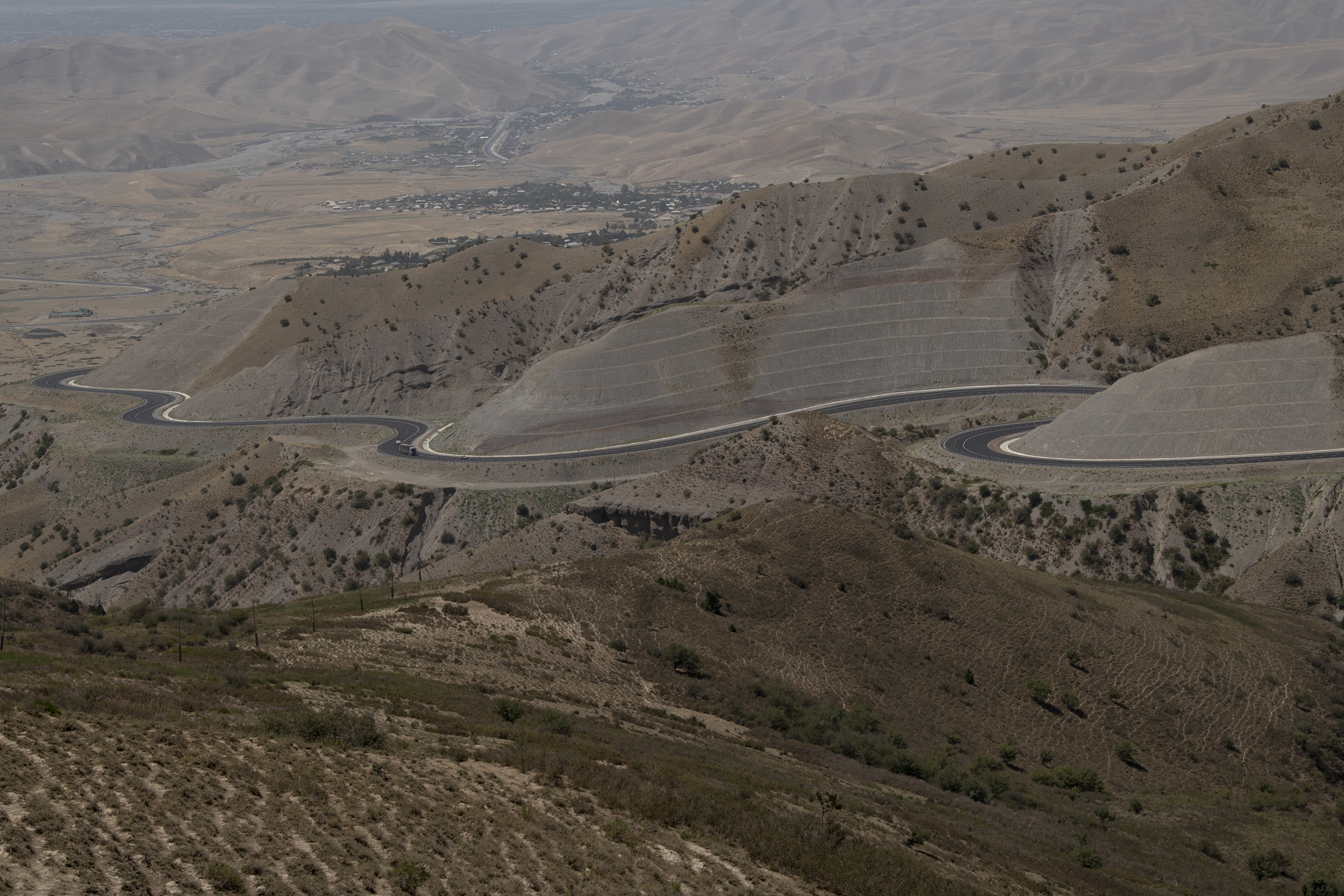
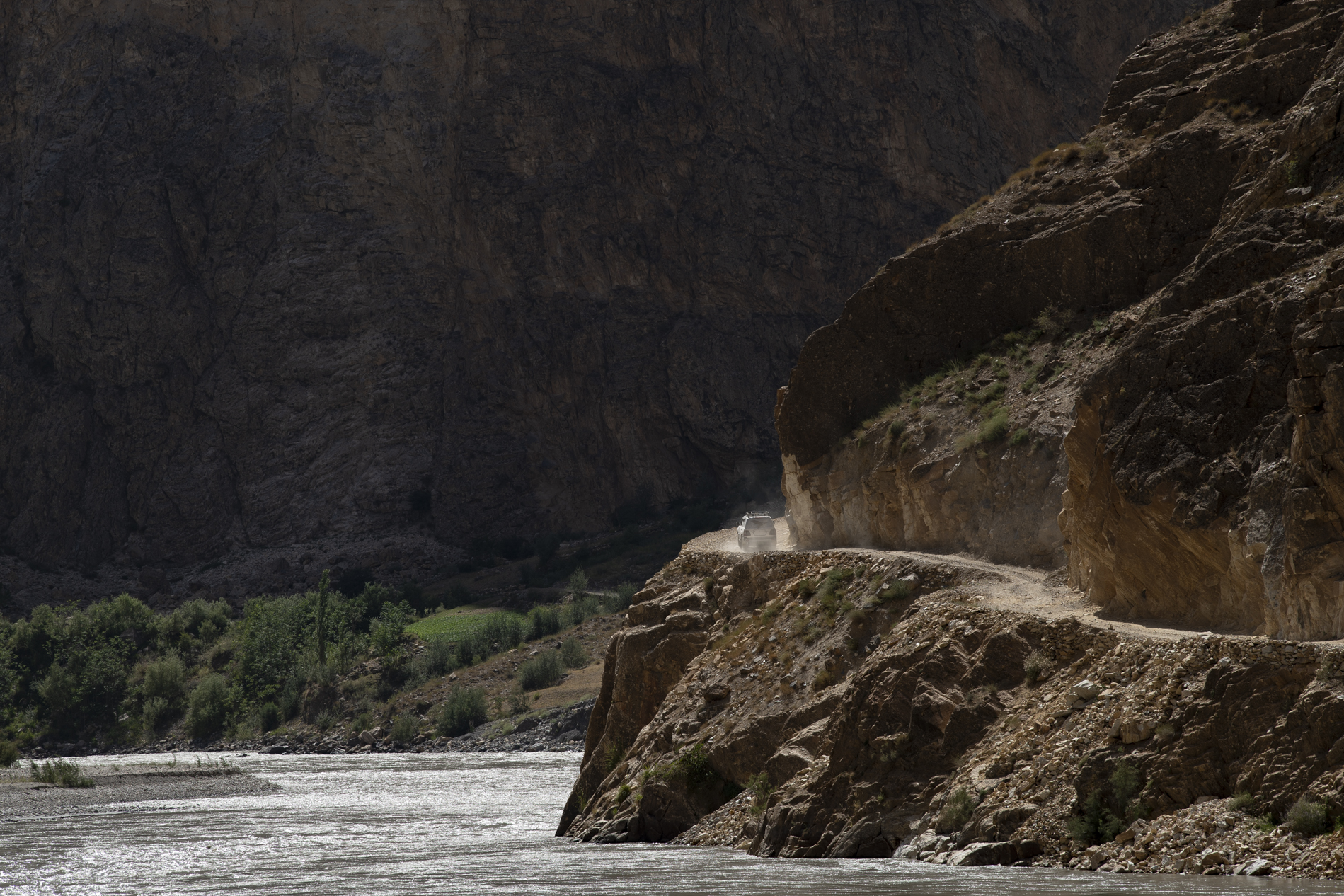
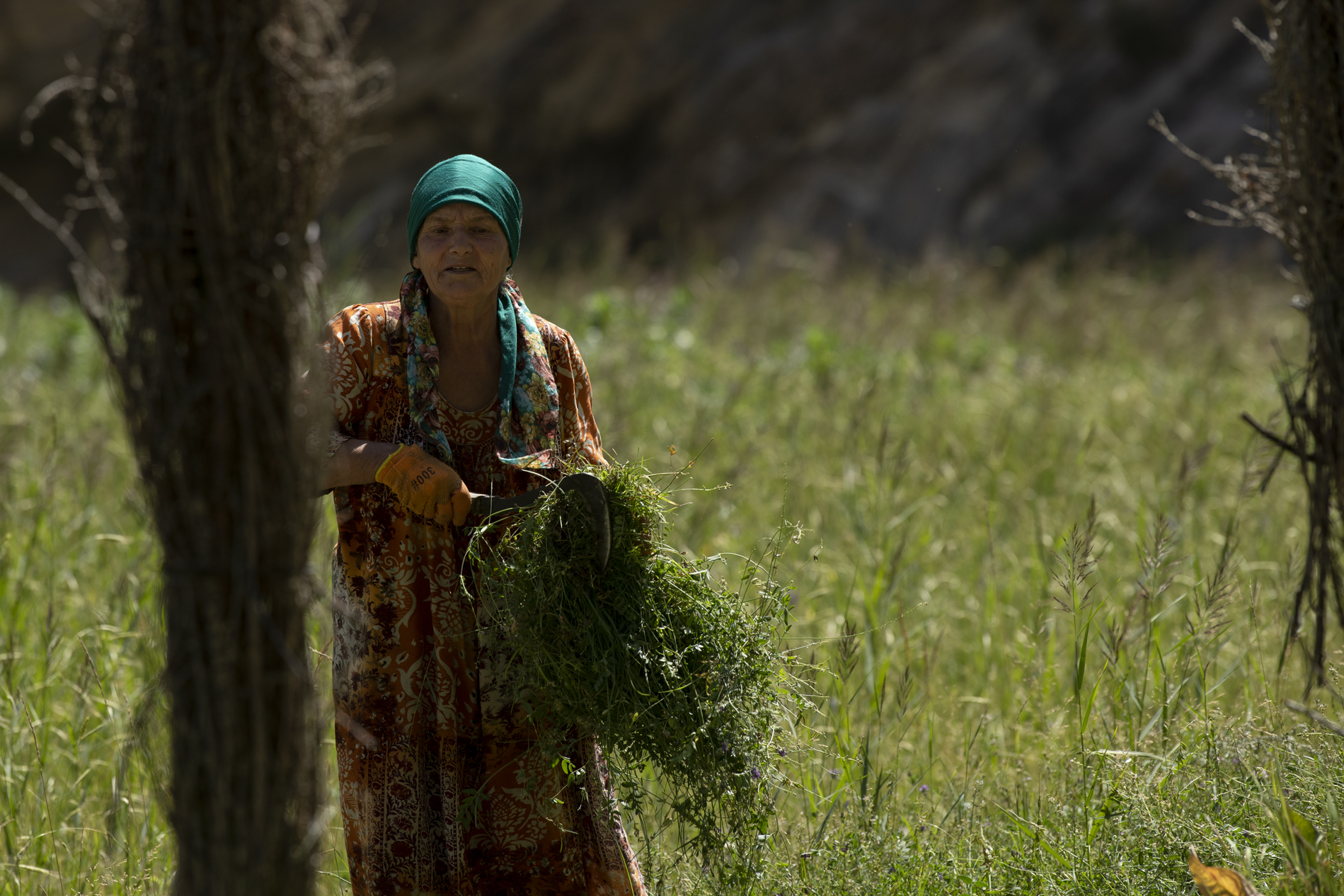
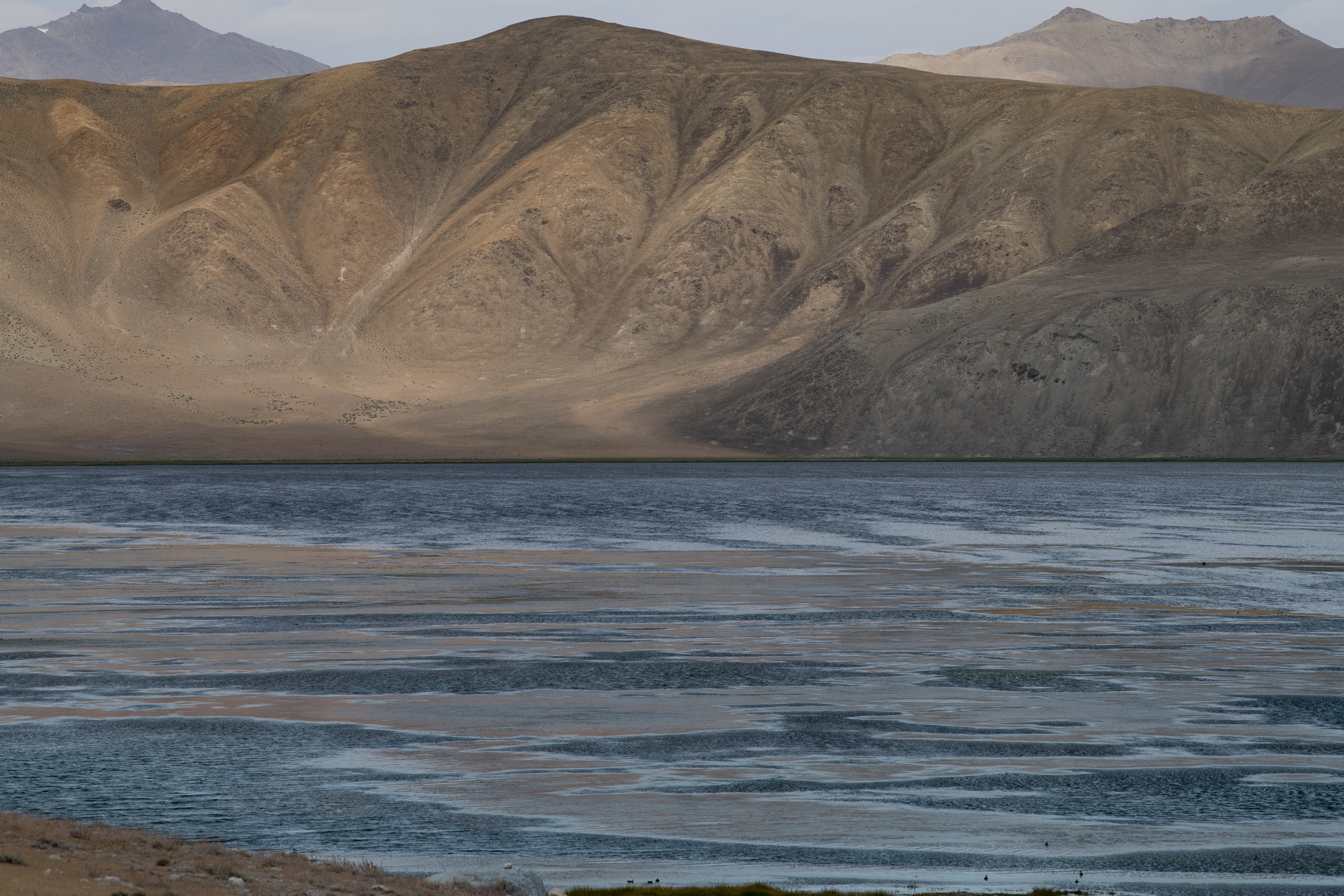
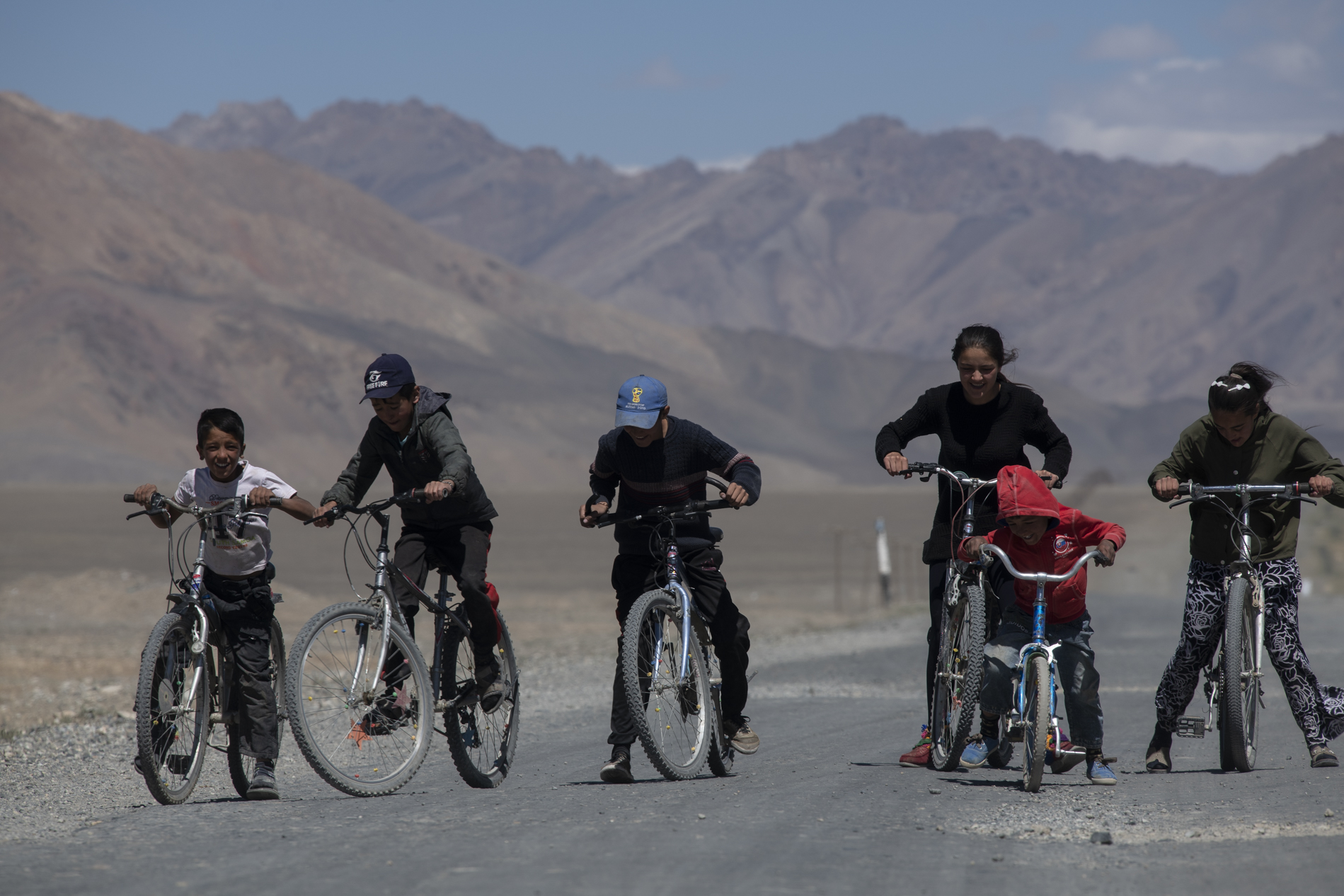
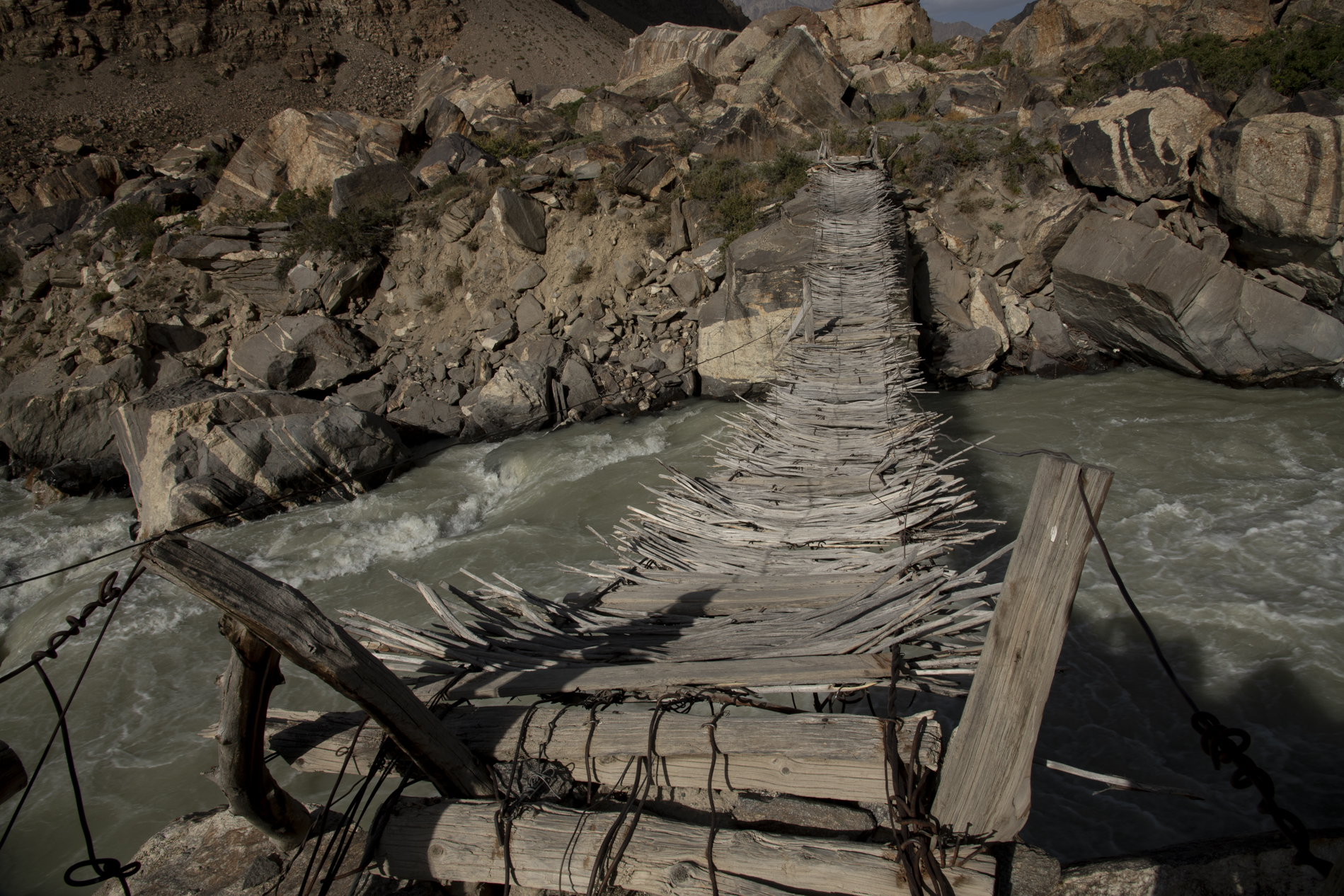
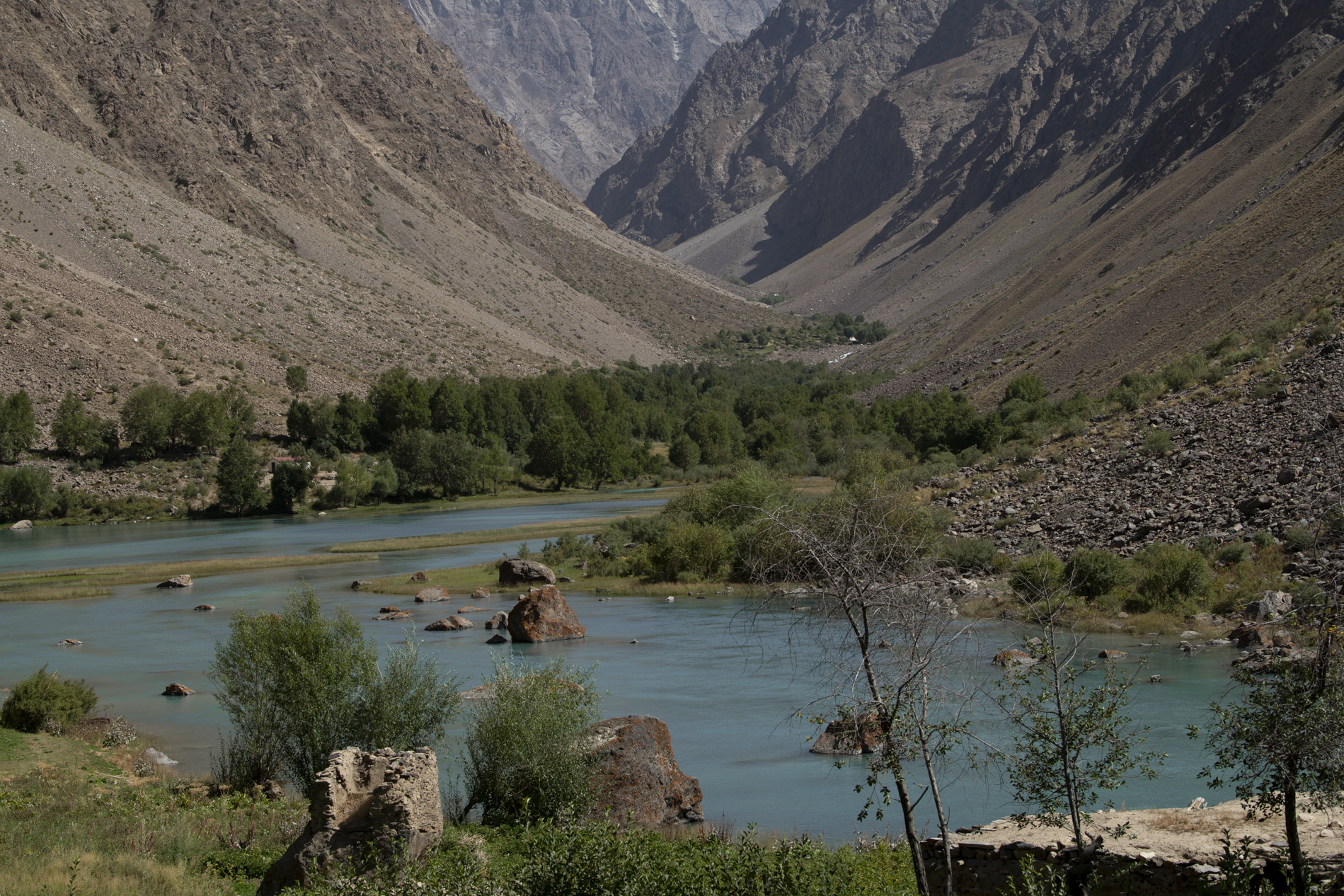
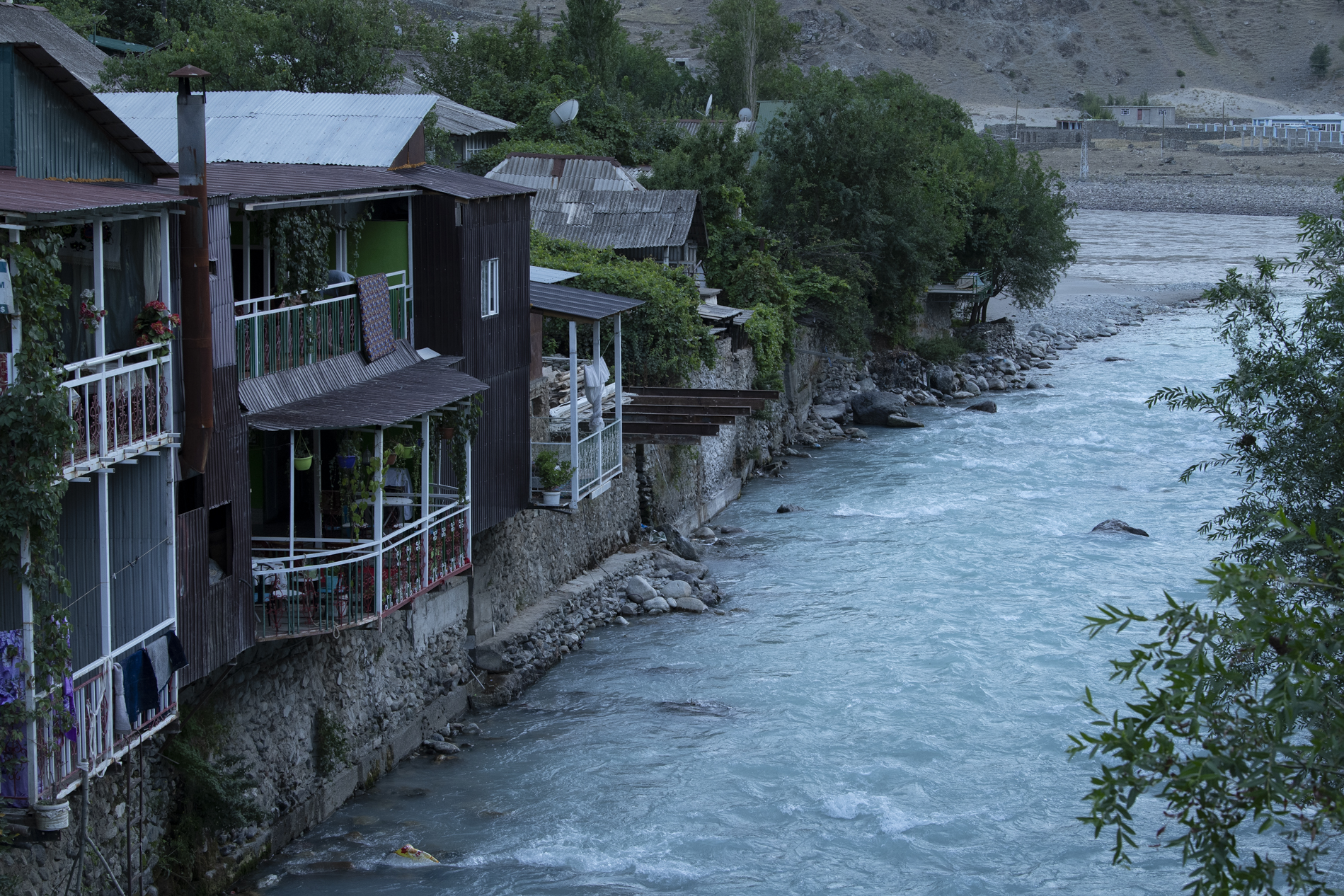
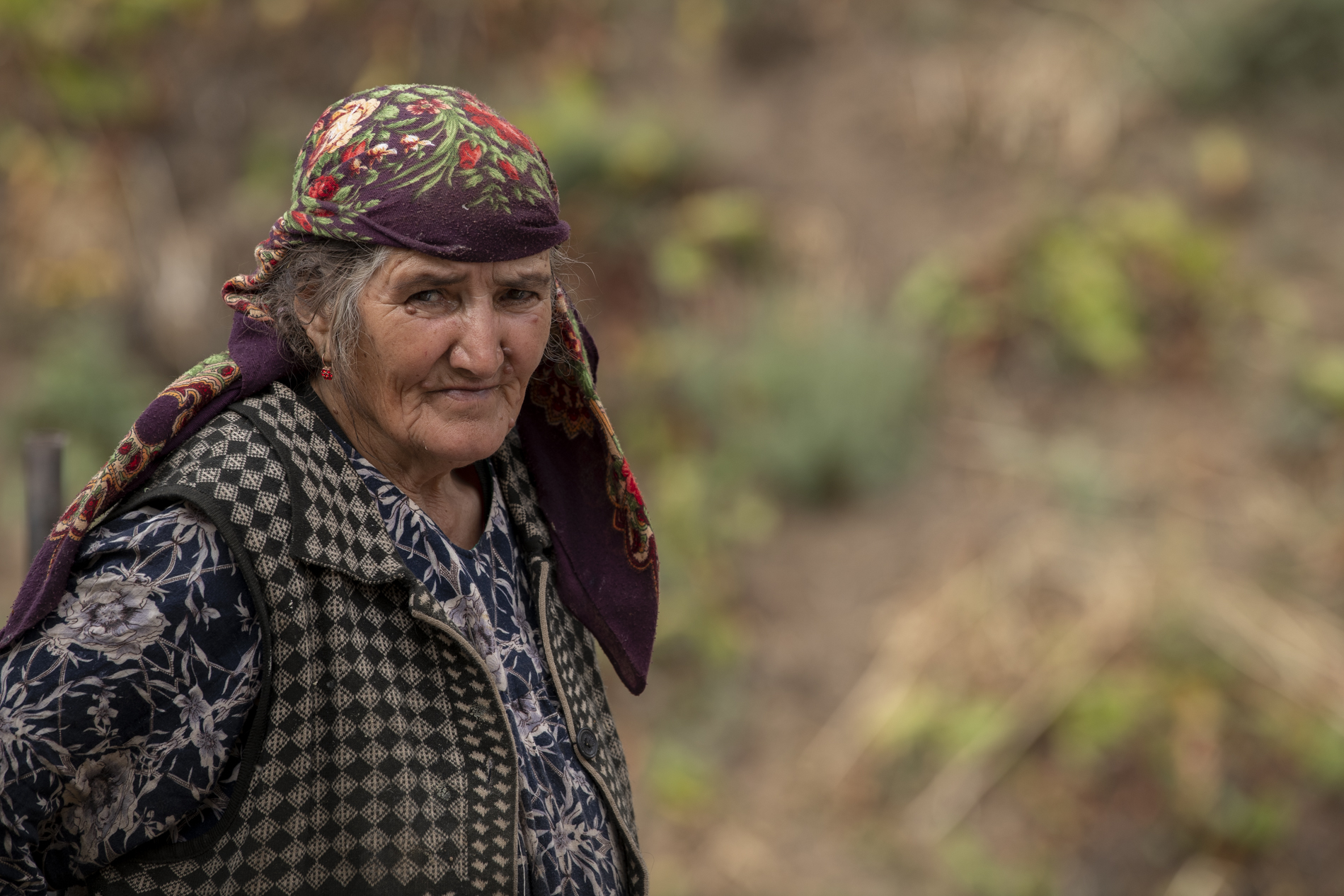
You can choose to join a small group on a guaranteed departure or book a private tour on the date of your choice
PRIVATE TOUR
Flexibla departures / Customizable itinerary
PRICE UPON
REQUEST
SMALL GROUP TOUR
Fixed and garanteed departures
The Tajik currency is called the Somoni (TJS). In the capital Dushanbe there are a few ATMs that you’ll find in shopping centres, supermarkets or on the main streets, but most of them accept only Visa cards. Outside of Dushanbe we don’t recommend relying on ATMs as there are only a few of them and they may run out of money.
We recommend bringing cash in new USD bank notes of denominations of at least 20 USD. There are many exchange offices, some working 24/7. Small and old-looking bank notes are harder to exchange. Paying directly with credit card is still not possible at most places, except for few high-end restaurants and hotels. An emergency fund of around 500 USD in cash is always good to have during guided trips to Central Asia.
The political situation in the country has been calm in recent years and there are no indications of upcoming tensions. The border area with Afghanistan is safe as well, but we do not recommend crossing the border for a trip into Afghanistan. Guests and locals are treated with respect and Tajikistan can be regarded as safe destination for travelers. That being said, you are advised to wear a money belt, watch your belongings, avoid dark streets at night and only take official taxi rides. Your safety is our first priority at Kalpak Travel; we know and regularly assess all our Tajik partners and we closely monitor political events.
Citizens of almost every country can obtain an e-Visa online for stays of up to 45 days in Tajikistan. All you need to do is enter the requested information then pay a fee of 50 USD by credit card and you will receive almost immediately the eVisa by email. You can print it out and use it just like an ordinary visa to enter the country. Please note, if you are planning to visit Pamir region, you need a GBAO permit, which you can purchase online, together with the eVisa, for an additional fee of USD 20.
As soon as we receive the deposit payment for your tour, we will confirm your booking and send you an email with important pre-departure information. Please read it carefully as it contains important information on customs regulations for Tajikistan.
The climate of Tajikistan is continental and dry across most of the country, including the largest cities. In regions situated at relatively low altitude, such as the capital Dushanbe, the south of Tajikistan around Kulob and the Khujand region, summers are very hot with day temperatures between 30° and 40° Celsius. However, most of the country is situated at high altitudes, where temperatures are in the mid 20s or less during the summer. If you visit the Fann or Pamir Mountains, make sure to bring some warm clothes, as it can get very cold at night at elevations of more than 3000 metres. The best season to visit is during summer.
Do not drink water, unless it is bottled, filtered or boiled. Do not use tap water for brushing teeth or making ice either. Do not eat ice cream. Only eat well-cooked meat and fish, preferably served hot. Vegetables should be cooked and fruit peeled. If you follow these basic rules, you are likely to avoid any health issues like traveler’s diarrhea. Diphtheria, Hepatitis A and Tetanus are recommended vaccinations for Tajikistan. Ensure you are fully insured for medical emergencies including repatriation. Medical services in Tajikistan are basic at best. Please note: there is a small risk of malaria in the south of Tajikistan by the borders with Uzbekistan and Afghanistan. None of our tours visit this region.